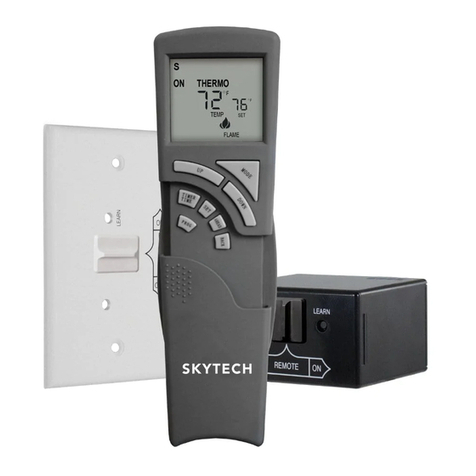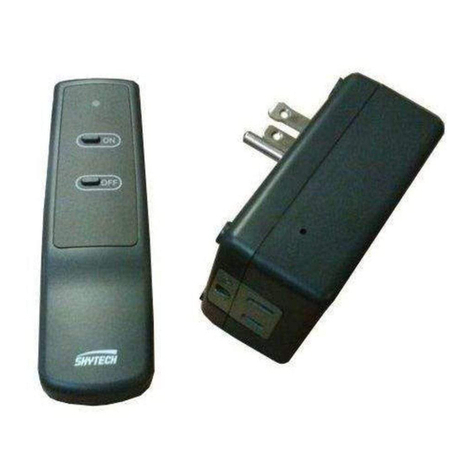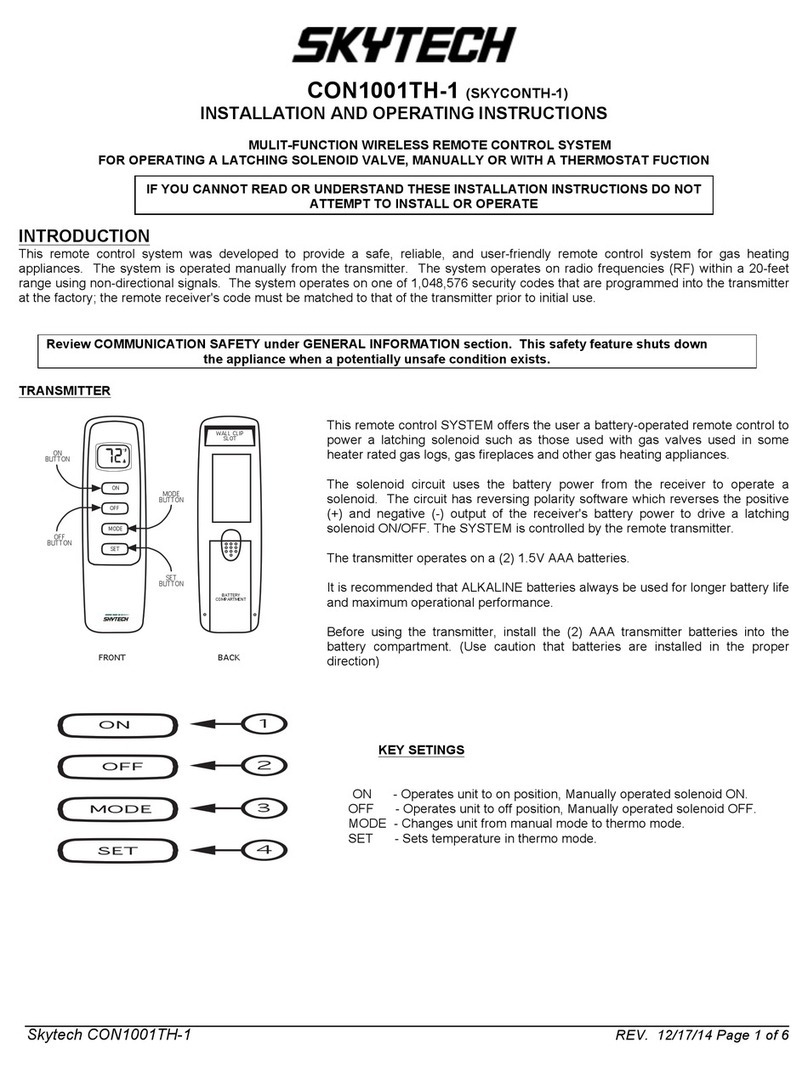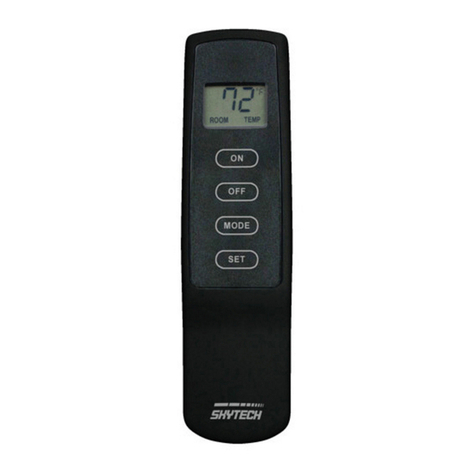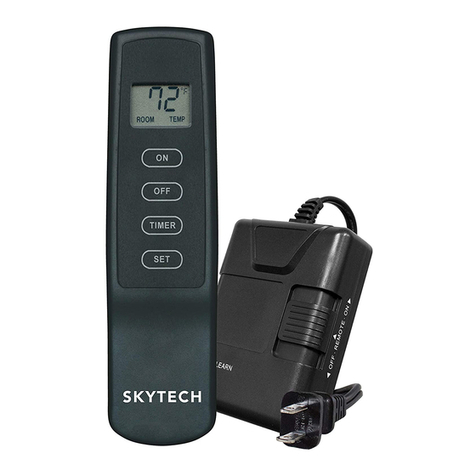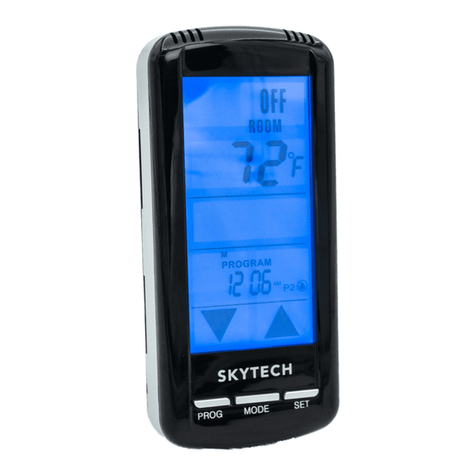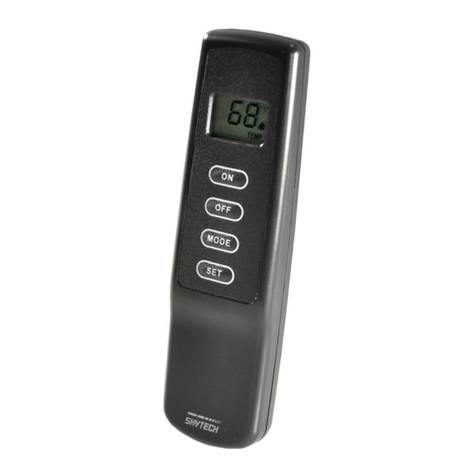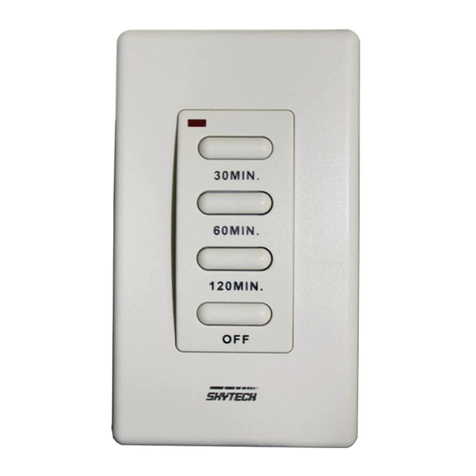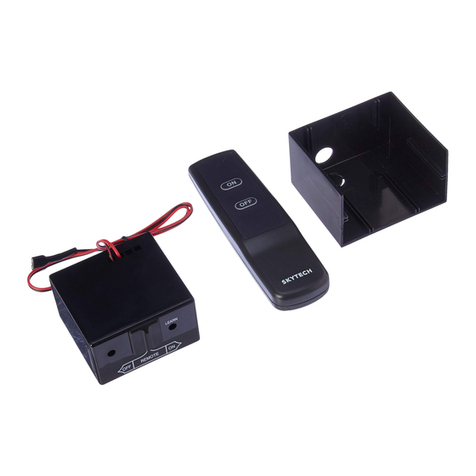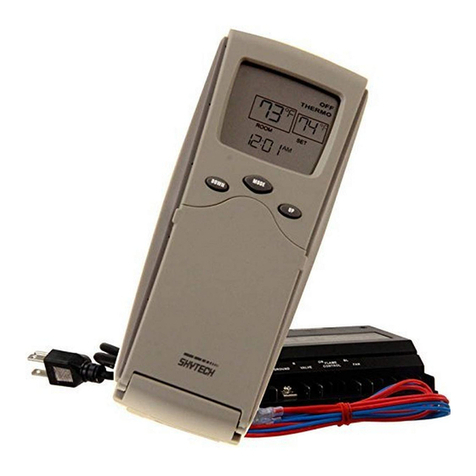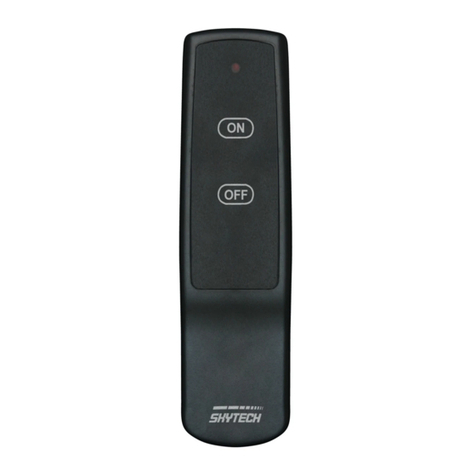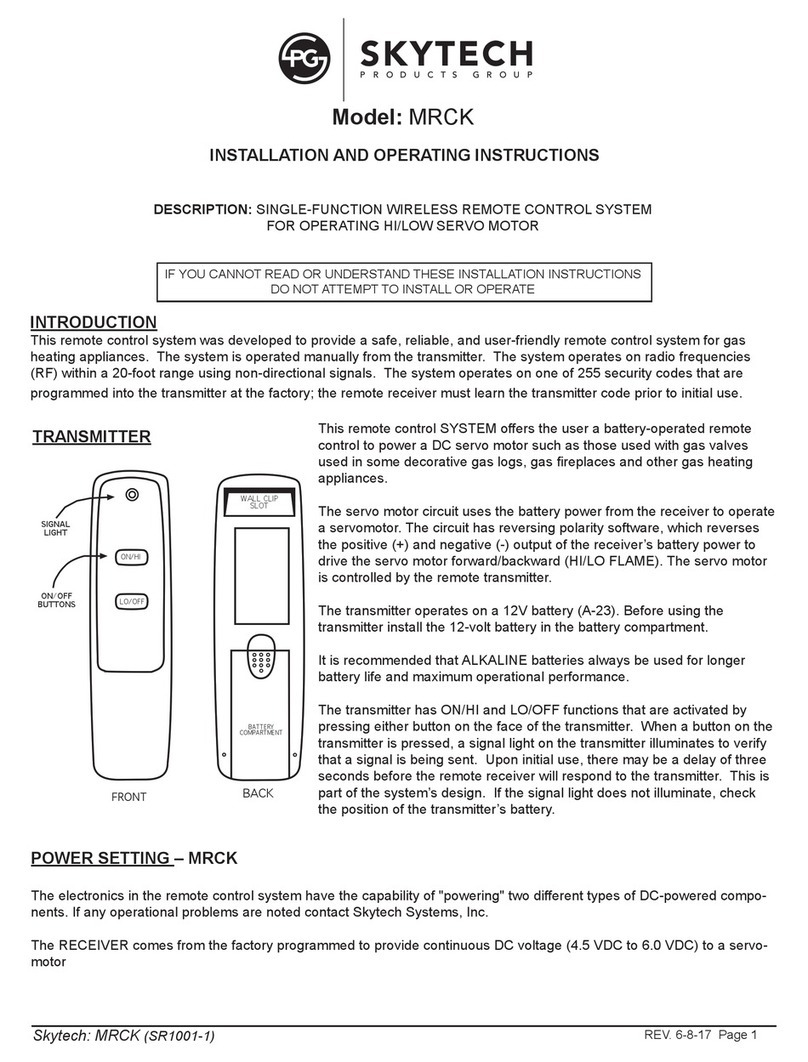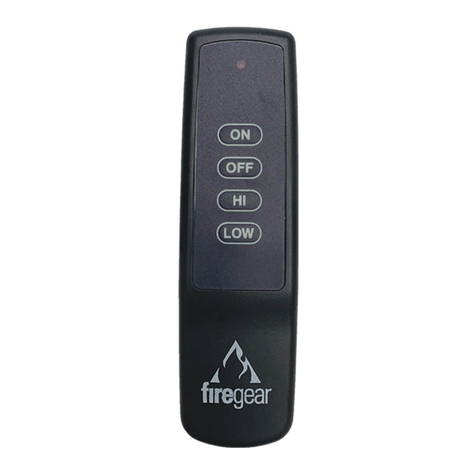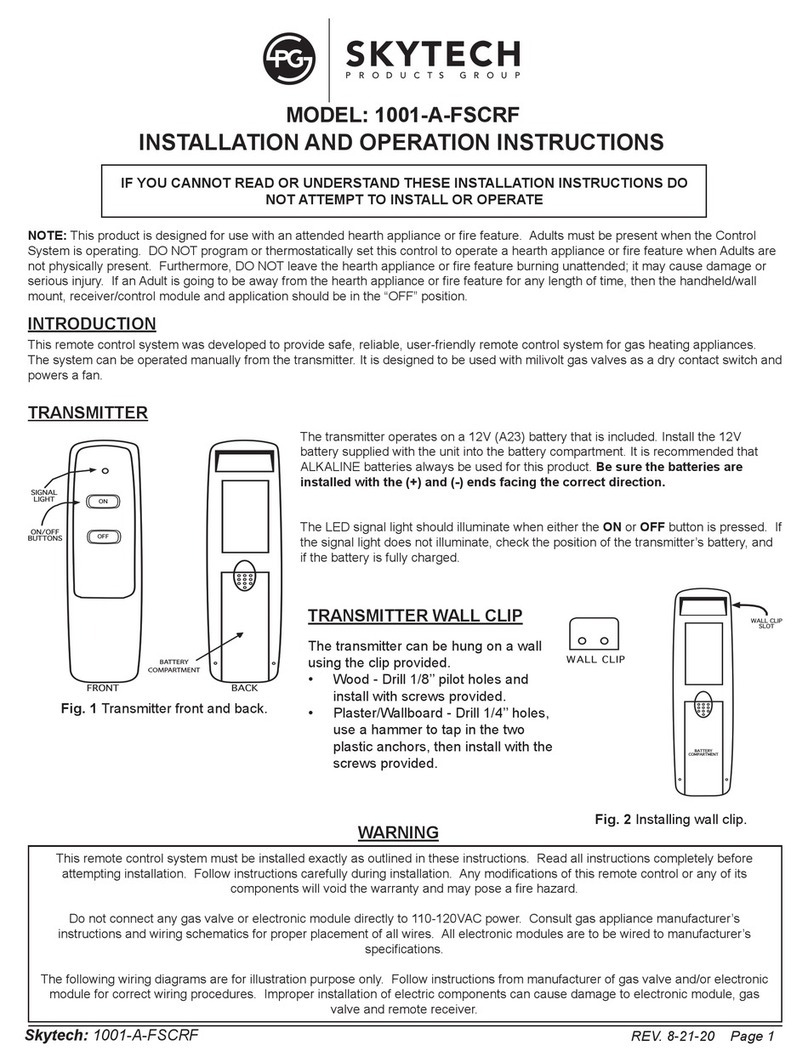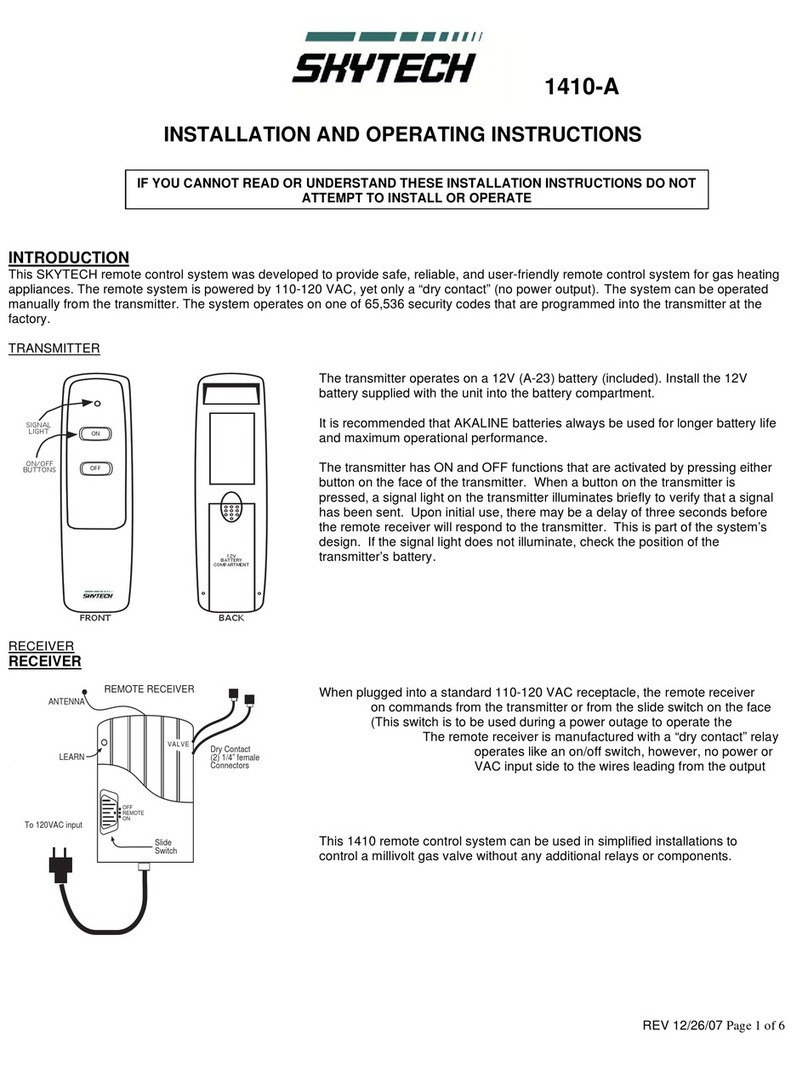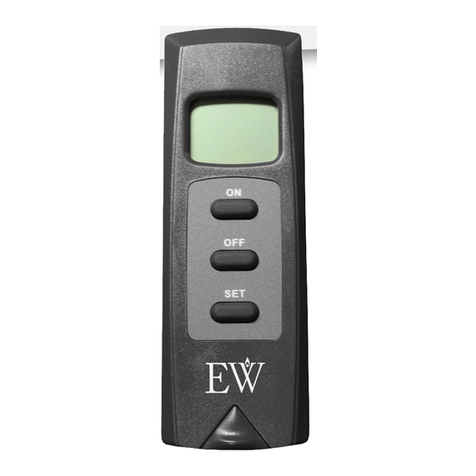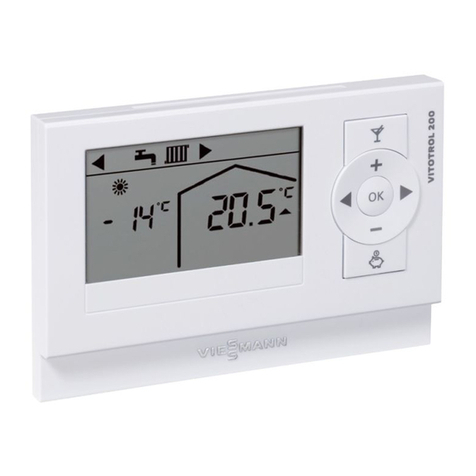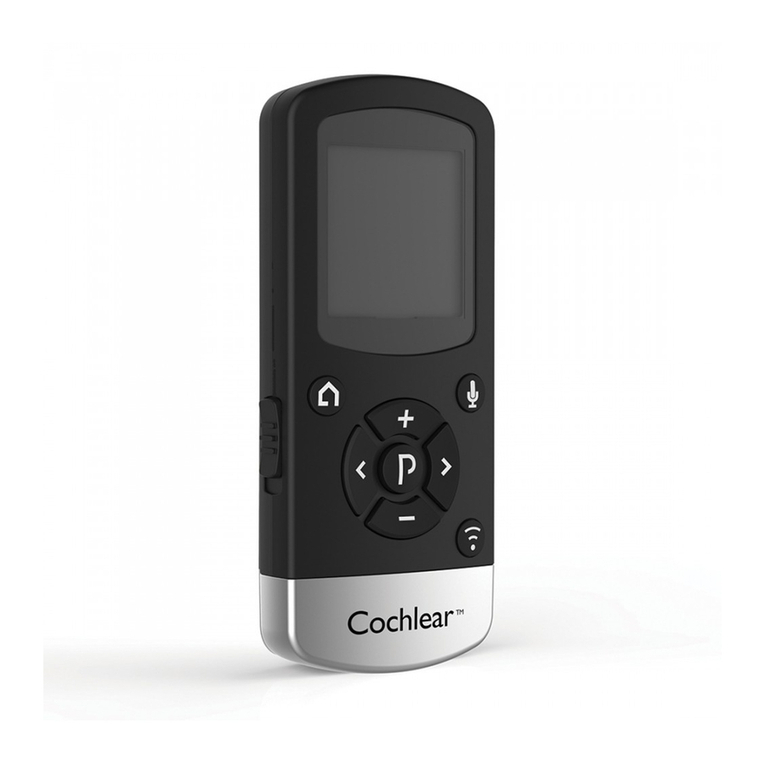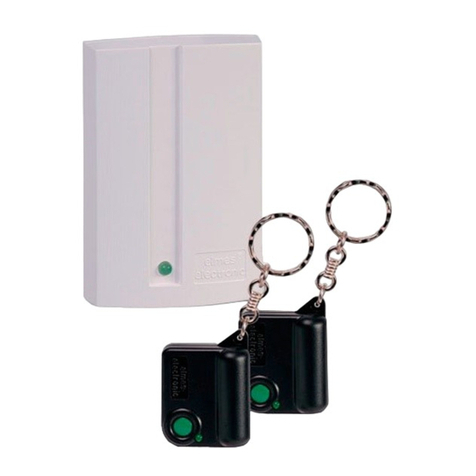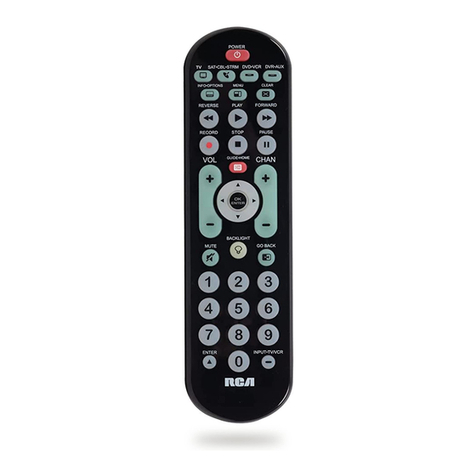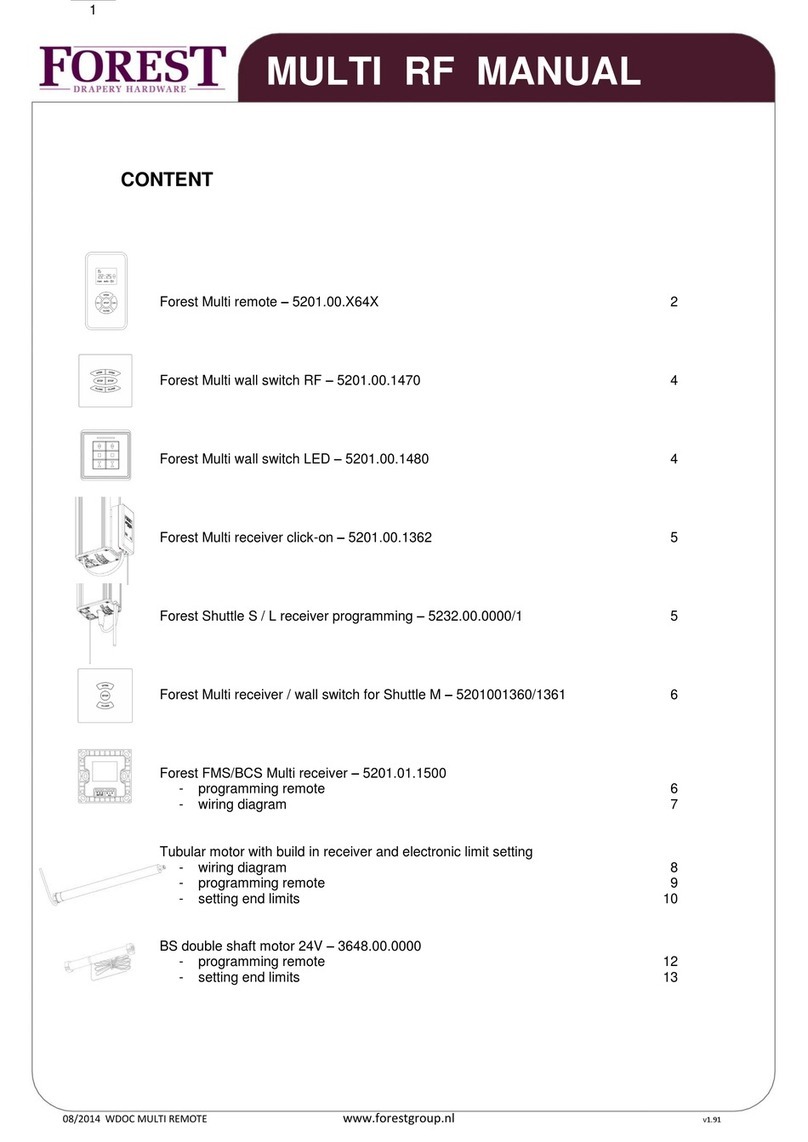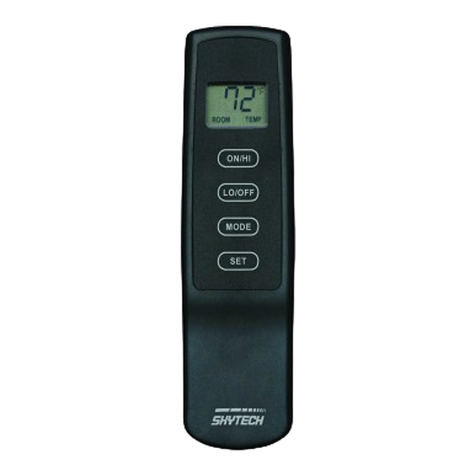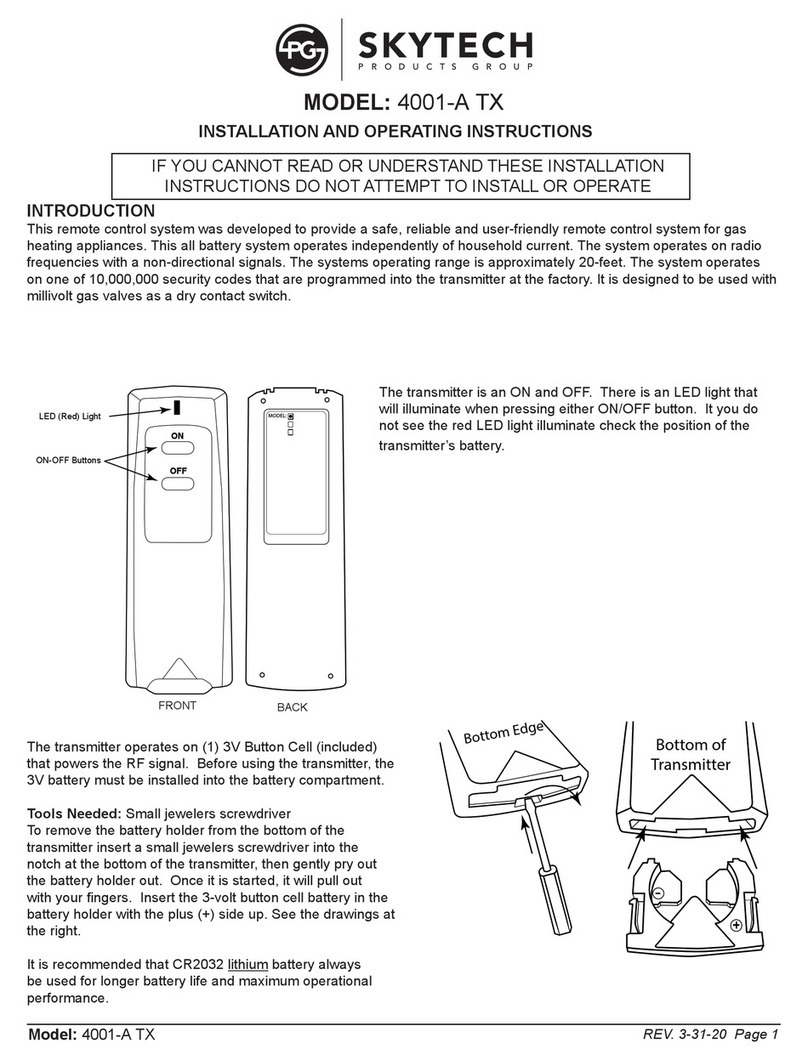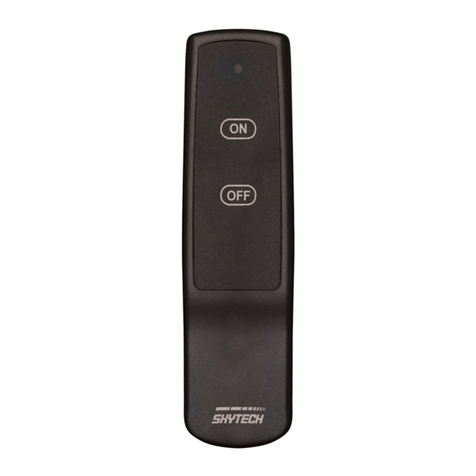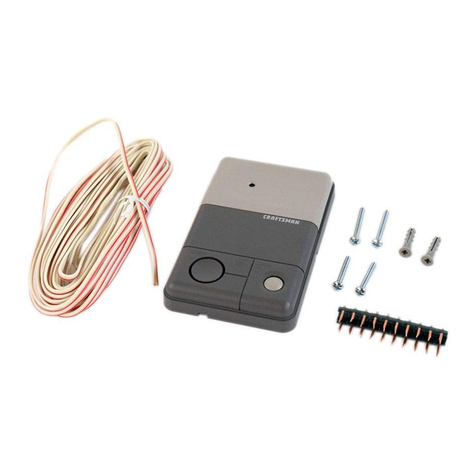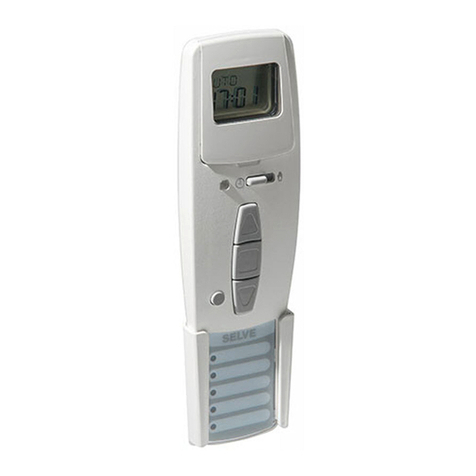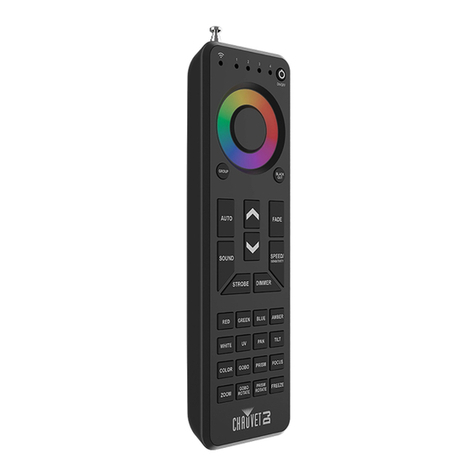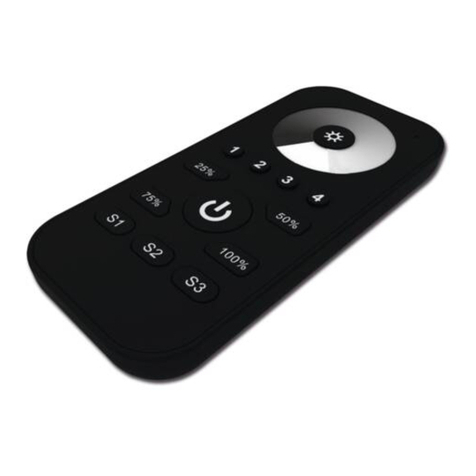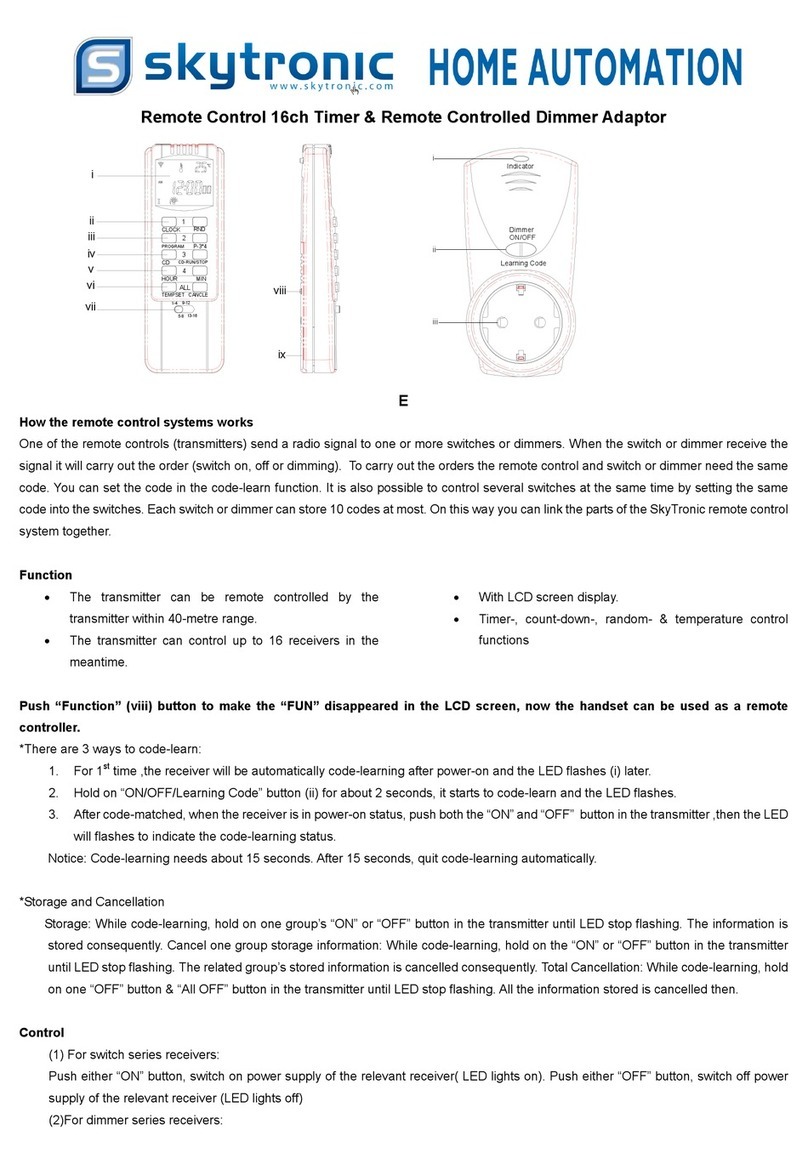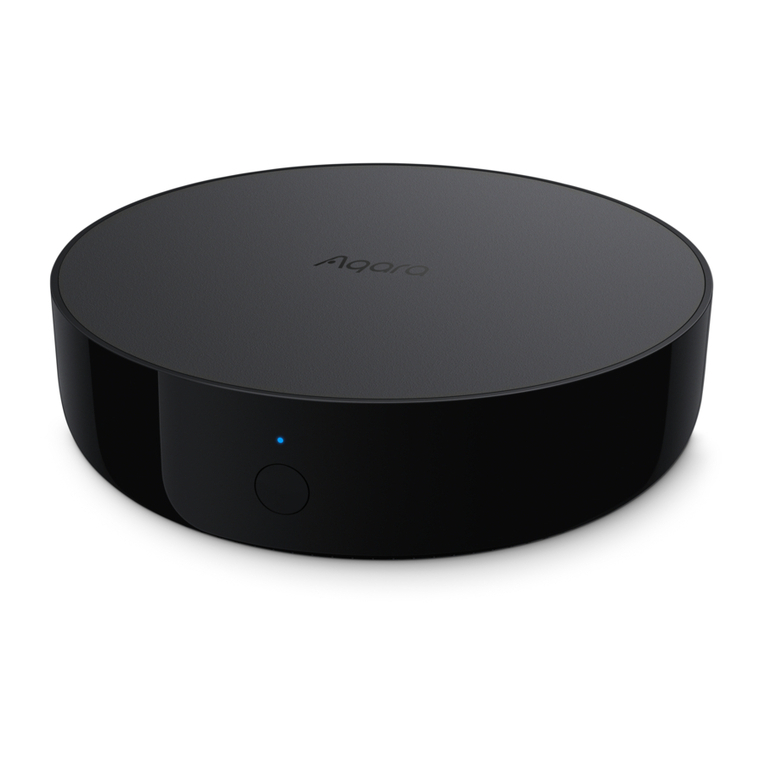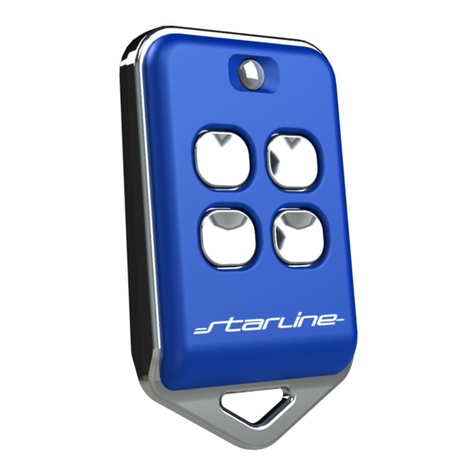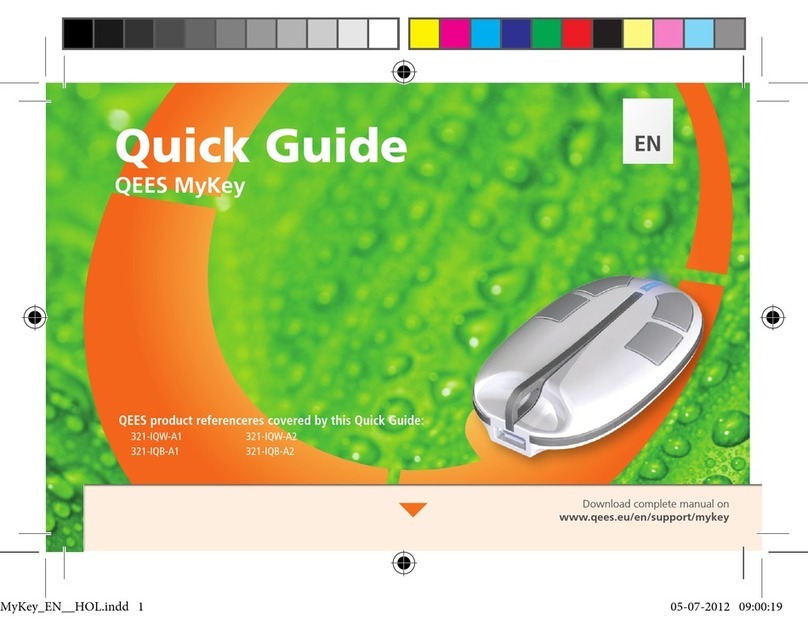PROTECTION FROM EXTREME HEAT IS VERY IMPORTANT. Like any piece of electronic equipment, the remote receiver should be kept
away from temperatures exceeding 1300F. Exposure to extreme temperatures can damage the electronic components or cause the plastic
case to become deformed and is not covered under warranty.
GENERAL INFORMATION
LEARNING TRANSMITTER TO RECEIVER
Each transmitter uses a unique security code. It will be necessary to press the LEARN button on the receiver to accept the transmitter security
code upon initial use, if batteries are replaced, or if a replacement transmitter is purchased from your dealer or the factory. In order for the
receiver to accept the transmitter security code, be sure the slide button on the receiver is in the REMOTE position; the receiver will not
LEARN if the slide switch is in the ON or OFF position. The LEARN button in located on the front face of the receiver; inside the small hole
labeled LEARN. Using a small screwdriver or end of a paperclip gently press and release the black LEARN button inside the hole. When you
release the LEARN button the receiver will emit an audible “beep”. After the receiver emits the beep press the transmitter MODE/SET button
and release. The receiver will emit several beeps indicating that the transmitter’s code has been accepted into the receiver.
The microprocessor that controls the security code matching procedure is controlled by a timing function. If you are unsuccessful in matching
the security code on the first attempt, wait 1-2 minutes before trying again –this delay allows the microprocessor to reset its timer circuitry –
and try up to two or three more times.
THERMO FUNCTION
When the transmitter is in the THERMO mode, it should be kept away from direct sources of heat such as fireplaces, incandescent lighting,
and direct sunlight. Leaving the transmitter in direct sunlight, for example, will cause its heat-sensing diode to read the room temperature
higher than it actually is; if in THERMO mode, it may not turn on the appliance even if the ambient ROOM temperature is below the SET
temperature.
BATTERY LIFE
Life expectancy of alkaline batteries in the SKYTECH 5310 should be at least 12 months. Check and replace all batteries annually. When the
Transmitter no longer operates the receiver from a distance it did previously (i.e., the transmitter’s range has decreased) or the remote receiver
does not function at all, the transmitter batteries should be checked. The Transmitter should operate with as little as 5.0 volts of battery power,
measuring at the (4) 1.5-volt batteries.
TROUBLE SHOOTING
Should you encounter problems with your fireplace system, the problem may be with the fireplace itself or it could be with the SKYTECH
remote control. Review the fireplace manufacturer’s operation manual to make sure all connections are properly made. Then check the
operation of the SKYTECH remote in the following manner:
1. Be sure the transmitter’s batteries are properly installed and that the battery output is 5.0-volts or more.
2. Check to see if the receiver is connected to a 110-120 VAC power source.
3. Check to make sure the transmitter is communicating with the receiver.
•If the receiver beeps when the MODE button is depressed on the transmitter they are communicating.
•If the receiver does not beep when the MODE/SET button is depressed on the transmitter, you will need to teach the receiver the
code of the transmitter. This is done by PRESS AND RELEASE the LEARN button on the receiver and depress the MODE/SET
button on the transmitter. A change in the beeping pattern, at the receiver indicates the transmitter’s code has been programmed into
the receiver.
4. Make sure the transmitter is within the 15 to 20-feet range of the receiver.
5. Positioning of the receiver is important. If the receiver is “enclosed” in a metal surround, the operation of the receiver may be affected as
noted below. Reposition the receiver to improve operating range. It is suggested that a heat shield be installed to protect the receiver
from extreme heat. If the receiver is “enclosed” in a metal surround, this can:
•Cause the RF signal to get lost and not communicate with the receiver.
•Cause the working distance to be shorter than normal.
NOTE: A receiver located in an area, where the ambient temperature inside the case exceeds 130 0F, will cause THERMO-SAFETY
feature to cut in, requiring you to reposition the receiver to stop the warning beeps, and to “reset” the receiver’s operation.









